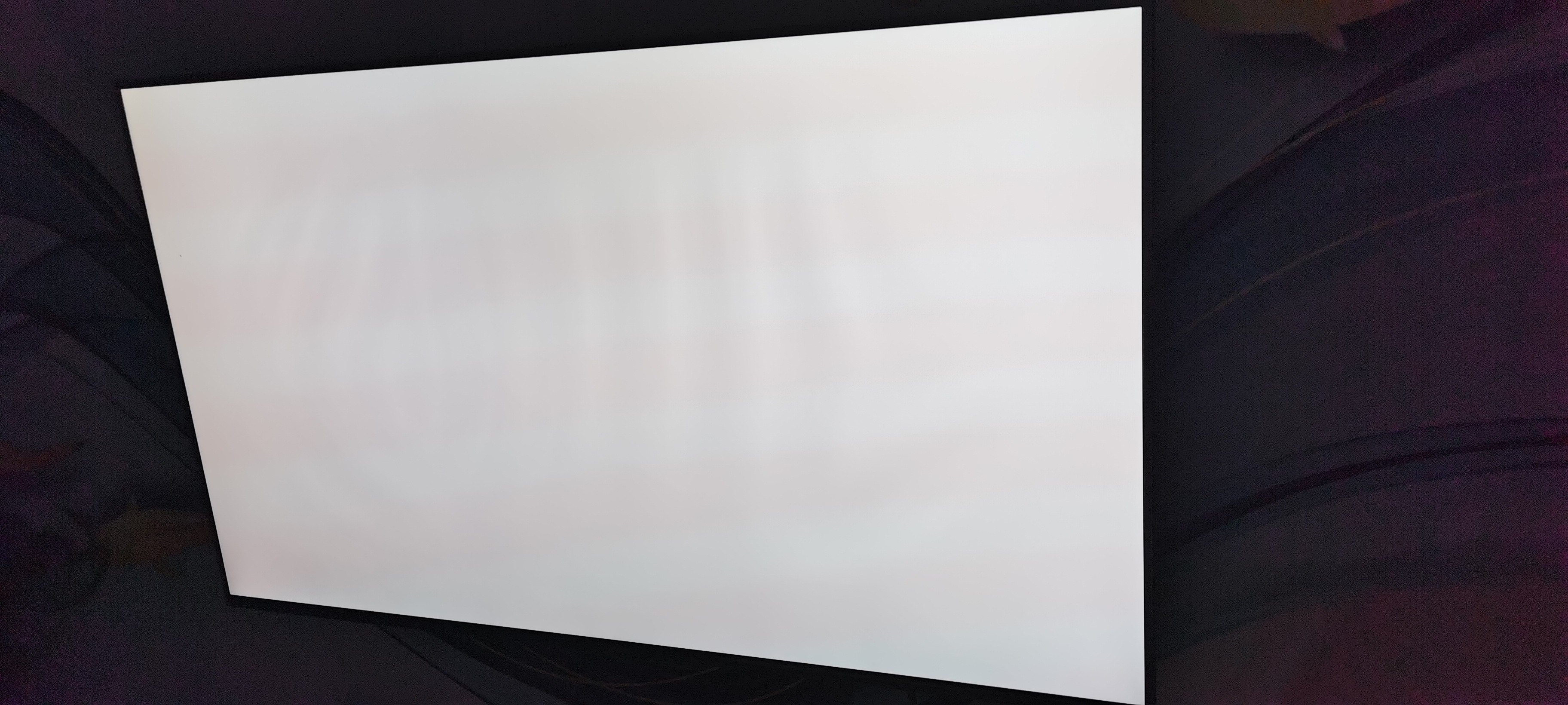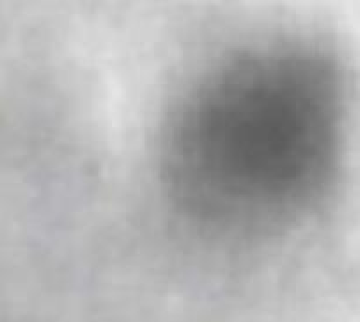ディスプレイテクノロジーの世界では、最も一般的で挫折的な問題の1つは、村の存在です。Muraは,ディスプレイパネルの明るさ,色,またはテクスチャの不均等または不一致性を指します.ディスプレイの視覚品質やユーザー体験に大きな影響を与える現象であり、mura問題を理解し、テストし、解決策を見つけることが重要です。
「For theLCD ディスプレイまたはLCDのパネルの製造業者、muraの問題を持つ顧客に表示を販売することは完全に災害であり、私達がそれを送る前にこの問題を知って修正する必要がある理由です。
Muraとは?

村、日本語の意味 "不均等性"または "不均等な質感、"ディスプレイの均一性の不規則性として現れる視覚欠陥です。それは暗いまたは明るいパッチ、雲、ストリープ、またはスクリーン上の斑点として表示することができます。Muraは,主に液晶層の厚さや密度の違い,バックライトの不一致性,またはディスプレイの部品の不完全性などの製造プロセスの変化によって引き起こされる.
Muraテスト:
ディスプレイにmuraの存在を特定し,量化するために,メーカーと品質管理チームは,muraテストと呼ばれる様々なテスト方法を使用しています.これらのテストは,ディスプレイの視覚的出力の均一性と一致性を評価することを目的としています.一般的に使用されている村試験技術のいくつかがあります。
1. 視覚的検査:最も簡単で最も直感的な方法は,見える不規則性のためにディスプレイを注意深く検査する訓練された専門家による視覚的検査です.この主観的なアプローチは、明らかな壁の問題を検出するのに効果的であるが、微妙な欠陥を特定するには適していないかもしれません。
2. 灰色レベルの分析:この方法は,画面上に一連の灰色レベルのパターンを表示し,測定された光度値を分析することを含みます.ディスプレイの異なる地域の明るさレベルを比較することは,壁に関連する変化を特定するのに役立ちます.
3. Image Subtraction: By capturing images of a display with a uniform background and subtracting them from each other, any differences between the images can be highlighted. Mura defects will appear as deviations from the expected uniformity.
4. Optical Measurement: Utilizing specialized equipment like spectroradiometers or colorimeters, optical measurements can be taken across the display to quantify mura. These measurements provide objective data on color and luminance variations.
Types of Mura Problems:
Mura problems can manifest in various forms, each with its own characteristics and impact on the display's performance. Some common types of mura problems include:
1. Clouding: Clouding refers to the appearance of uneven backlighting, resulting in cloudy patches or areas of different brightness on the screen. It is often caused by backlight inconsistencies or improper light diffusion.

2. Banding: Banding appears as horizontal or vertical lines of varying brightness or color intensity across the display. It is typically caused by non-uniform pixel response times or variations in the driving voltage.

3. Spotting: Spotting refers to the presence of dark or bright spots on the screen, which can be caused by impurities in the liquid crystal material or defects in the manufacturing process.

4. Mura Noise: Mura noise is a term used to describe random fluctuations in brightness or color across the display. It can result from variations in the liquid crystal molecules' alignment or non-uniform electric fields.
Solutions for Mura Problems:
Addressing mura problems requires a combination of manufacturing improvements, quality control measures, and display calibration techniques. Here are some common solutions employed in the industry:
1. Manufacturing Process Optimization: Manufacturers can refine their production processes to minimize variations in component quality, thickness, and density. This involves enhancing the precision of liquid crystal alignment, improving backlight uniformity, and reducing impurities.
2. Quality Control Testing: Implementing rigorous mura testing at various stages of production helps identify and rectify any defects early on. This includes visual inspection, gray-level analysis, and optical measurements to ensure consistent quality.
3. Compensation ARisingStarorithms: Display manufacturers can develop compensation aRisingStarorithms that dynamically adjust the display output to mitigate mura effects. These aRisingStarorithms analyze the mura patterns and apply corrective measures to enhance uniformity.
4. Display Calibration: Users can employ display calibration techniques to optimize the visual quality of their displays. This involves adjusting parameters like brightness, contrast, and gamma settings to compensate for any mura-related inconsistencies.
5. Display Uniformity Enhancement Films: Specialized films can be applied to the display surface to enhance the uniformity of light transmission. These films help diffuse light and reduce the visibility of mura-related irregularities.
結論:
The mura problem poses a significant challenge in the world of LCD display technology, affecting the visual quality and user experience of displays. Understanding the concept of mura, employing effective testing methods, and implementing appropriate solutions are crucial steps towards minimizing mura-related issues. By continuously improving manufacturing processes, implementing quality control measures, and utilizing calibration techniques, display manufacturers and users can mitigate the impact of mura and ensure a more uniform and visually pleasing display experience.
2025-07-31
2025-07-31
デンハーグ 55 インチ 3000 CD/㎡ 商業ウィンドウLCDスクリーン2025-10-21
高明度アプリケーションのための正しい屋外LCDスクリーンを選択する方法2025-10-10
乗客情報システムのための高明るさ屋外LCDディスプレイ